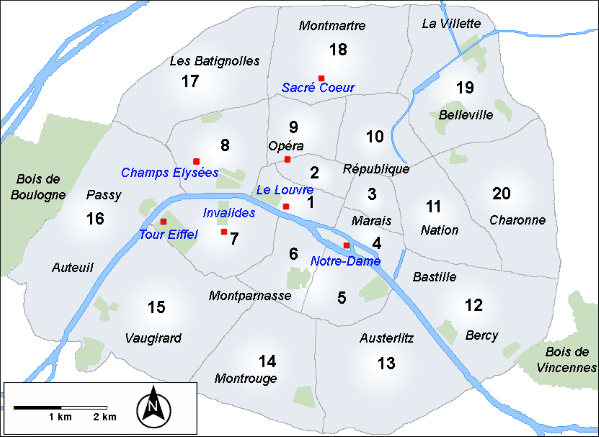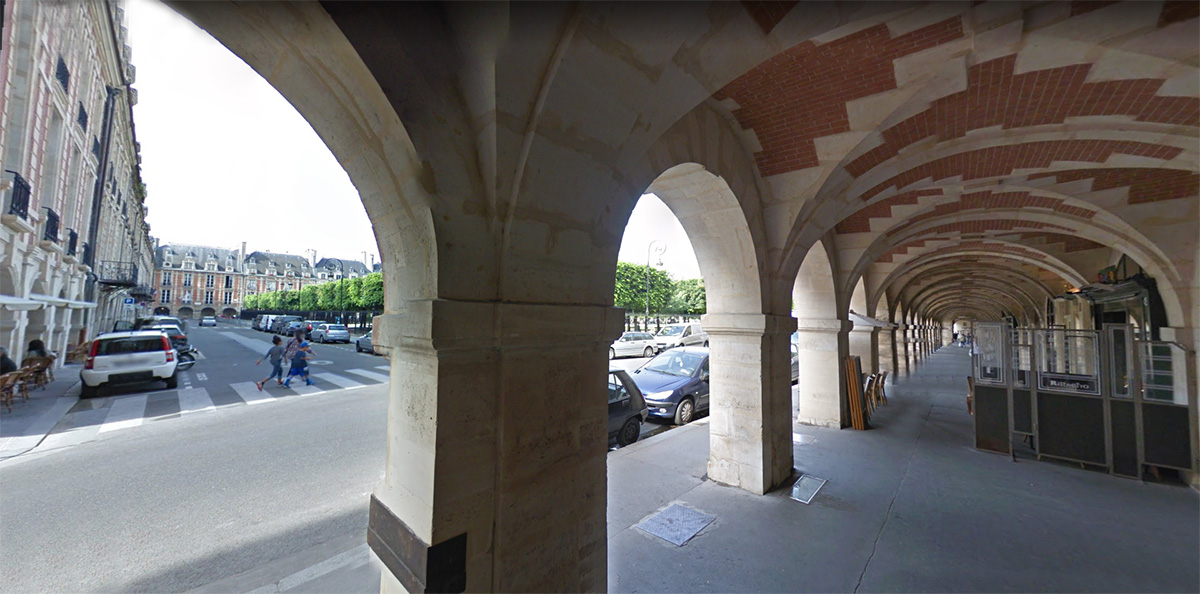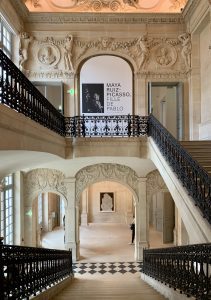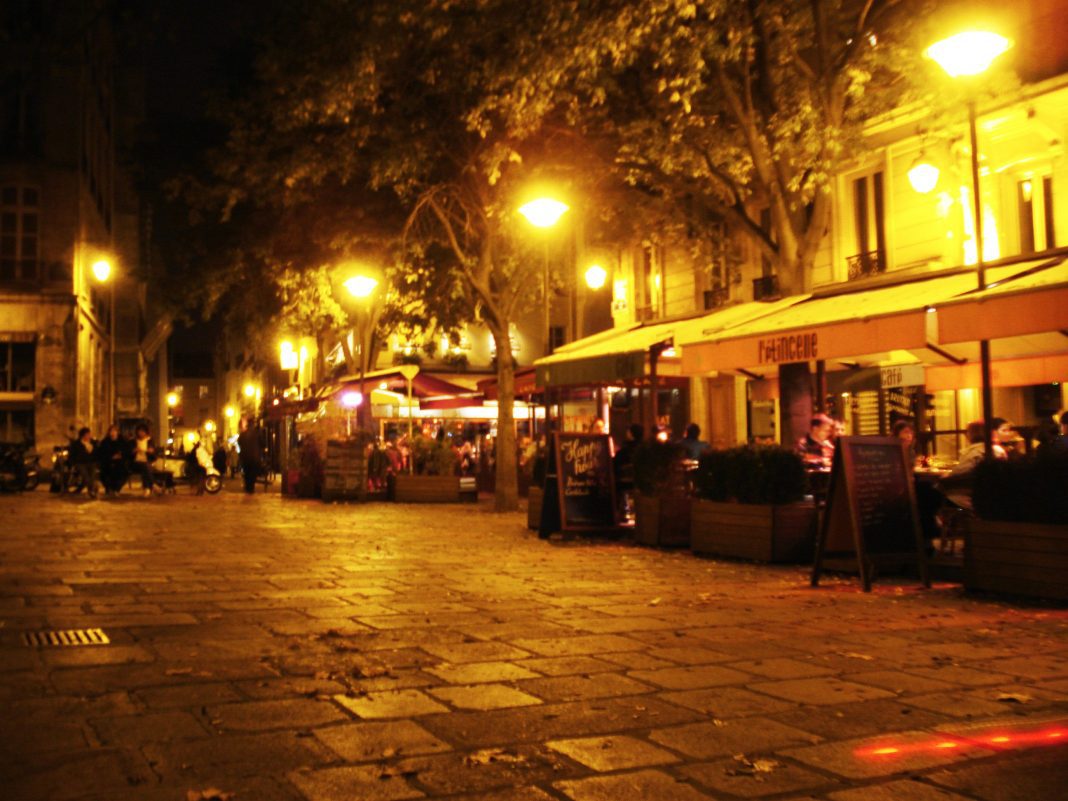LE QUARTIER MARAIS
Le Marais is an historic quarter of Paris and not an administrative one. It spreads across parts of the 3rd and 4th arrondissements in Paris on the Right Bank, of the Seine The Rive Droite.
Le Marais, French for “the swamp”, was originally exactly that. It wasn’t until the 13th century that convents came to the area and it began to develop life and culture. The neighbourhood became part of Paris when Charles V reinforced and extended the city wall constructed under Philippe Auguste. Charles V then moved to the Hotel St-Paul in the Marais, but his successors preferred the Hotel des Tournelles. It was here that Henri II died, following a wound from a tournament. Catherine de Medicis later had the mansion torn down.
Le Quartier Marais has, over the centuries, been home to many communities. Since the middle ages, there has been a Jewish neighbourhood known as La Juiverie (the Jewry) and later known by Jews as the Pletzl (Yiddish for little place). After the second world war, Chinese migrants from Wenzhou settled in the Art et Métier district, and Le Marais has been the epicentre of the LGBTQ movement in France for many years.
Gentrification and rising real estate prices are gradually pushing these communities and the small businesses they supported out.
The Place Royale (now the Place des Vosges), built by Henry IV, was finished in 1612. The Marais became a stylish neighbourhood, home to many grand French mansions and “salons,” a sort of intellectual and philosophical conversation group. But after Henry IV’s assassination (by Ravaillac) and Louis XIII’s accession, the high society left the area, and it was taken up by artisans and small industries.
Today, a trip around the Marais shows the numerous restorations it has seen. The neighbourhood contains some of the oldest buildings in Paris, and their architectural treasures make the Marais a charming and unforgettable place to visit.

The Pompidou Centre in its own district, known as Beaubourg, separates Le Marais from the historic district of Les Halles. It is the home of the Musée National d’Art Moderne, the most extensive collection of modern art in Europe, and the Bibliothèque Publique d’Information, a vast public library.
L’Église Saint Paul Saint Louis, a magnificent baroque church, stands on the site of the religious building dedicated to St Paul the Hermit, built between 632 and 642. It acquired its second name after the Jesuits commenced building a new church in 1627 called St Louis of the Jesuits, and the names were combined in 1803.

The Musée Picasso is the French national museum dedicated to the life and work of Pablo Picasso and the artists he admired and collected. The Picasso Museum is housed in the Hôtel Salé, one of the Baroque mansions of the Le Marais.
The Musée des Archives Nationales is the state museum of French history exhibiting items from government archives. It is housed in the Hôtel de Soubise in Le Marais . It was first established under Napoleon III in 1867, and some of its objects date back to the first century AD.
 The Musée d’Art et d’Histoire du Judaïsme is housed in the Hôtel de Saint-Aignan, built in the 17th century. The museum records the artistic and cultural heritage of the Jewish people in Europe and North Africa. An unequaled collection of religious objects, manuscripts, textiles, and a fine collection of paintings, including works of art from Marc Chagall, Amedeo Modigliani, Michel Kikoïne, and contemporary artists such as Christian Boltanski and Sophie Calle.
The Musée d’Art et d’Histoire du Judaïsme is housed in the Hôtel de Saint-Aignan, built in the 17th century. The museum records the artistic and cultural heritage of the Jewish people in Europe and North Africa. An unequaled collection of religious objects, manuscripts, textiles, and a fine collection of paintings, including works of art from Marc Chagall, Amedeo Modigliani, Michel Kikoïne, and contemporary artists such as Christian Boltanski and Sophie Calle.

The Musée Carnavalet portrays the history of Paris and its inhabitants from its prehistory origins to the present day. It displays themes presenting the capital at various historical periods: memories of the French Revolution, historical paintings, sculptures, and furniture all play a part in this collection.

The Maison Victor Hugo is located in the Hôtel de Rohan-Guéménée. The mansion in the Place des Vosges where the famed French writer and his wife Adèle rented an apartment between 1832 and 1848. It contains furniture, art, sculpture, and design associated with the politician, poet, playwright, and author of Les Misérables and the Hunchback of Notre Dame.





